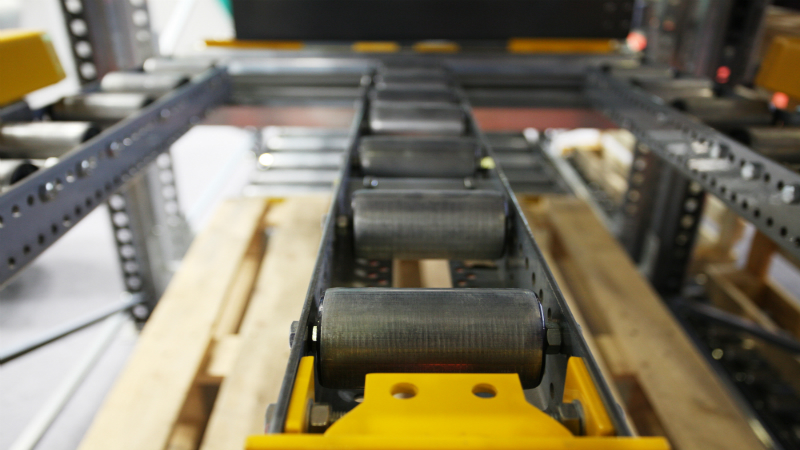There are many different applications for the use of radiation. The most common is in medical and dental practices and facilities where x-rays are used for diagnostic purposes. However, x-rays and radiation are also used in power plants, food preparation, and preservation, research and technology as well as in some agricultural, mining and geological applications.
The challenge in working with radiation is the risk of short and long-term exposure. To address this issue, a range of different options in X ray lead shields have been developed. These range from very thin, relatively flexible wearable types of shields to lead shielding materials which can be used on walls, ceilings, and floors to contain radiation in specific places of use.
Why Shields Are Important
In the vast majority of applications, particularly in medical and dental offices and facilities, the amount of radiation used is not harmful with a single exposure. However, for x-ray technicians and staff, the constant low-level exposure can be extremely dangerous as exposure to radiation is cumulative over time.
The use of wearable X ray lead shields in the form of lead aprons, blankets or specific types of covers for the body help to reduce the exposure to even the lowest amounts of radiation.
Why Lead is the Best Choice
While X ray lead shields are heavy, it is the density of the lead that is essential in blocking the radiation waves. The more extensive the radiation use in the area, the thicker the lead shields will be to effectively block the ability of the radiation waves to pass through the shielding.
When used in these types of applications, the lead in the shield, regardless of the type, is fully coated or encased. This prevents any concern with exposure of the patients or the staff from any lead particles or lead dust.


